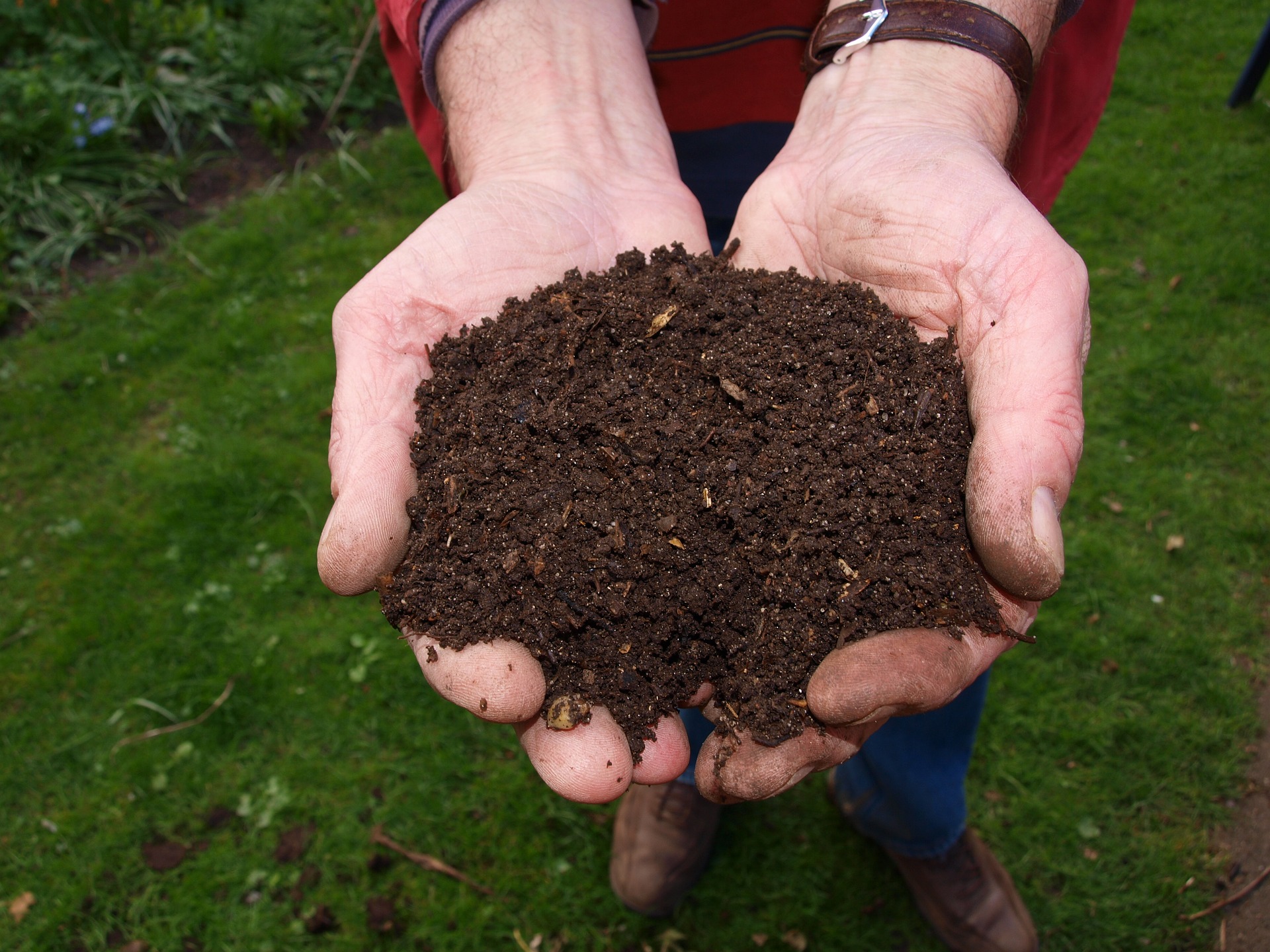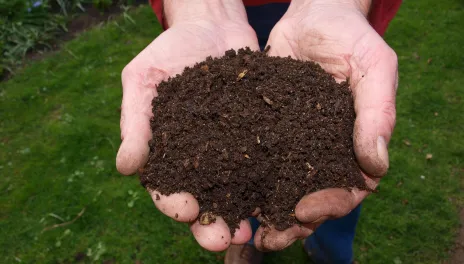Gardening with Peat
By Lila Hlebichuk
Gardeners typically need to work with less than perfect soil composition. Whether it is heavy clay, sand, or nutrient-depleted; soil amendments can help to improve these conditions.
Compost, manure, and peat are all popular soil amendments. Peat is often preferred as it is weed and insect-free, absorbs and retains water at a high rate, and reduces runoff, keeping nutrients near the plant roots.
Peat has been used since Roman times for fuel. The two types of peat used most often in horticulture are sphagnum peat moss and sedge peat.
Sphagnum Peat
Most of the sphagnum peat in North America is from sphagnum bogs in Canada and Michigan. Canadian peatlands were formed over 10,000 years ago in poorly drained areas, including depressions formed when glaciers moved across the land.
From the genus Sphagnum, there are over 160 species of sphagnum moss throughout the world. Found in bogs where biodiversity is low, and the environment is nutrient-poor, wet, and acidic, peat is the dead and decayed plant material which slowly accumulates at the bottom of the bog.
Sphagnum moss, used by florists in arrangements, or to line wire baskets is made up of long, fibrous strands of plant material and is not the same as sphagnum peat.
Sedge Peat
From mostly highly decomposed sedges and reeds, sedge peat was first formed during deglaciation of the Lake Agassiz basin.

In our area, sedge peat is harvested from northern Minnesota bog areas. The top layer is removed from an area, the peat is harvested, then the top layer is replaced.
This organic matter is said to condition the soil and provide improved air and water balance. Sedge peat is becoming increasingly popular as a soil amendment and is recommended and sold by area plant nurseries.
Peatlands cover more than 10% of the state of Minnesota.
Red Lake Peatland Scientific and Natural Area and Big Bog State Recreation Area Southern Unit in Waskish, Minnesota have boardwalks and bog viewing sites. Quaking Bog Park in Minneapolis has floating peat that moves when walked on. Other bog sites can be found on the Minnesota State Parks website.
Peat is not without controversy; however environmental and sustainability issues are beyond the scope of this article.
Botanical Dictionary Refresher
- Bog - a wetland that is acidic, pH < 7, also known as a Mire.
- Fen - a wetland that is alkaline, pH > 7.
- Swamp – a wetland whose dominant vegetation is trees and woody plants.
- Marsh – a wetland with other forms of vegetation dominant.
- Slough – a wetland or shallow lake usually a backwater to a larger body of water
Sources:
https://www.dnr.state.mn.us/snas/peatlands.html
https://www.pthorticulture.com/
